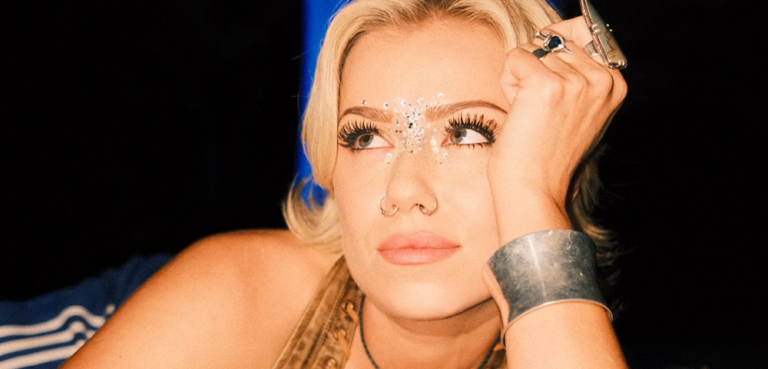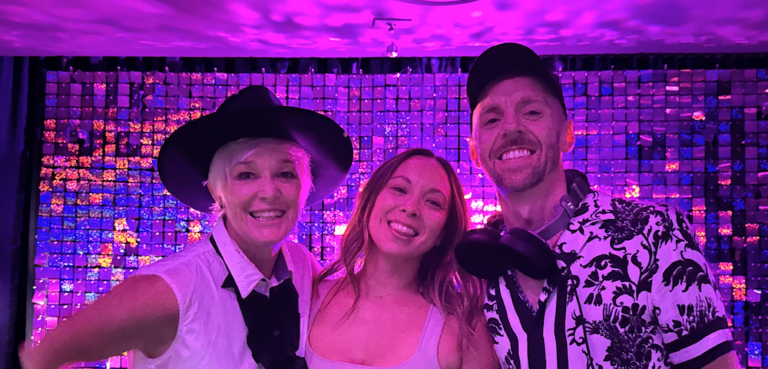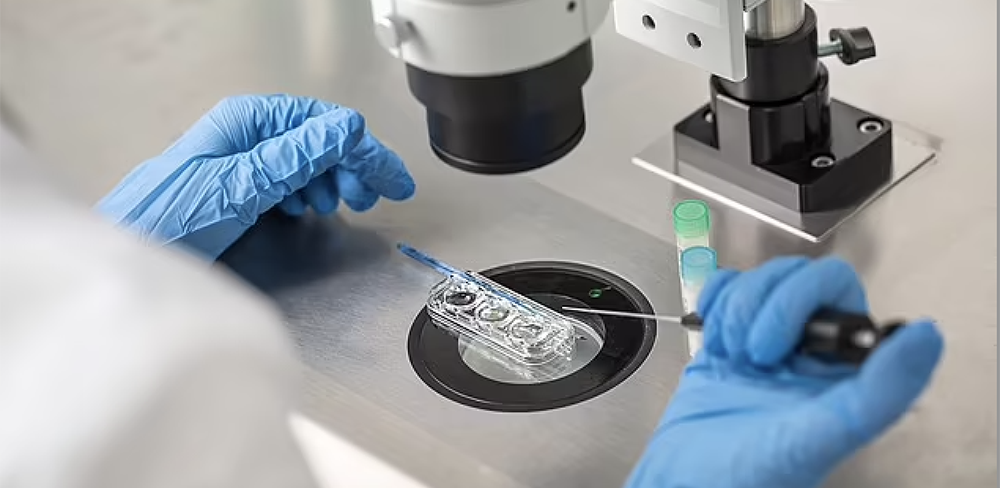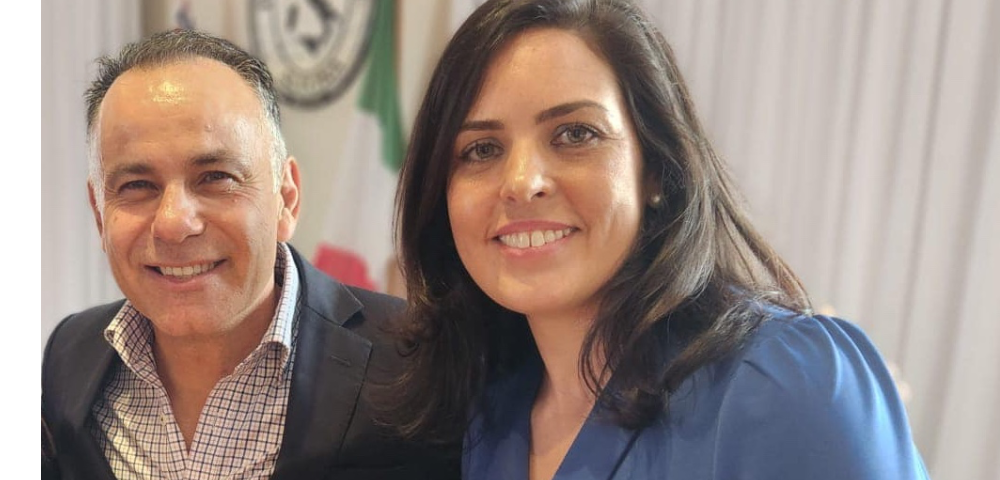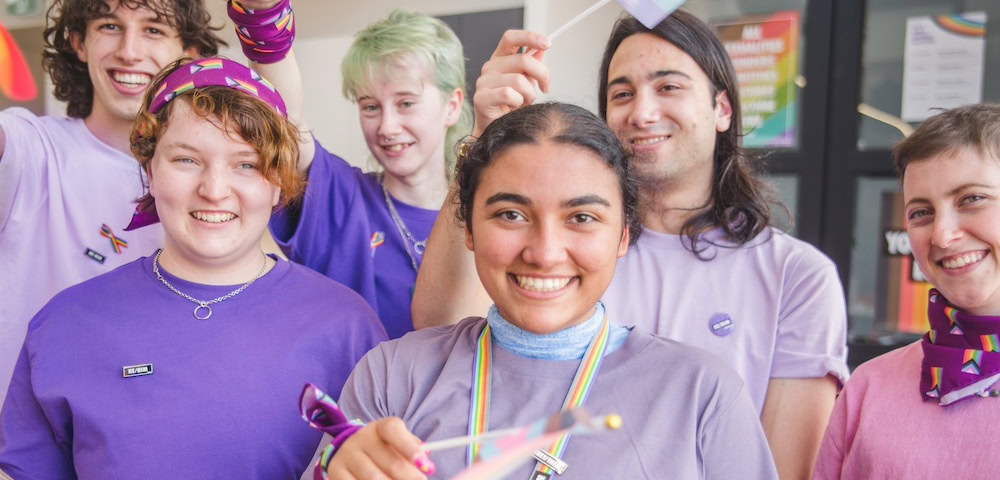
Why queer Aboriginal and Torres Strait Islander visibility matters

Seven years ago in Kimberley, Western Australia, Dameyon Bonson was walking through an Aboriginal medical service when he spotted a funeral notice on the wall for a 12-year-old Aboriginal boy.
Bonson thought the teenager may have been gay, and looked around the health service only to find that there was no material that positively reflected Indigenous people in the rainbow community.
“I thought – let’s get this visibility out there, so that Aboriginal and Torres Strait Islander people can see themselves reflected positively,” he says.
From that, Bonson started Black Rainbow, a nation-wide support organisation aimed at Indigenous members of the LGBTI community.
The group aims to identify and address the socio-environmental factors affecting Aboriginal and Torres Strait Islander LGBTI people.
Bonson says since he started the group and with the proliferation of social media, visibility has never been more achievable.
“That representation hasn’t happened before, not on that scale, and social media has been such a wonderful tool to highlight our voices,” he says.
“I’m also really pleased there’s been a real uptick in Indigenous representation at LGBTI events like Midsumma and Mardi Gras.
“I live remotely so I only really see that stuff play out via the Internet, but in the past couple of years our visibility has really ramped up.”
Black Rainbow’s mission statement gives it a ten year lifespan.
“We have a job to do,” Dameyon says.
“We said in ten years, the cultural response to medical services and health will be in line with the LGBTI community’s needs by 2027.”
Bonson’s currently in the process of forming an advisory group for Black Rainbow, to ensure there are more voices on board to keep up the great work.
However, it hasn’t been easy trying to cover the LGBTI acronym when it comes to representation, and Bonson says it’ll take time to ensure a diverse range of people in the community are ready to join the group.
“We did have a sistergirl but she had to pull out, and an older Aboriginal woman had to pull out,” he says.
“I don’t want to come across as being arrogant in thinking we’re the right place for trans Aboriginal and Torres Strait Islander people – we just want to make sure the trans and gender diverse community know there’s a space waiting for them when they’re ready.
“It might take time for that trust to be earned through the work we’re doing.”
Bonson adds that from a young age he was aware of the repercussions felt by a lack of representation, fuelling him to ensure visibility is at the fore of everything Black Rainbow does.
“Even as a young gay boy I knew what it was like to be left behind or left out,” he says.
“I don’t want people to feel that way.”
The Black Rainbow Agenda:
. Developing a national Aboriginal and Torres Strait Islander LGBQTI Health Plan.
. Providing information sheets for Aboriginal and Torres Strait Islander health services.
. Researching suicide within the Aboriginal and Torres Strait Islander community.
. Working on a homelessness project that explores the level of homelessness for LGBTI Aboriginal and Torres Strait Islander people, and how we can strengthen services.
. Developing more inclusive practice workshops for community health services and GPs, and working on rolling them out nationally.
